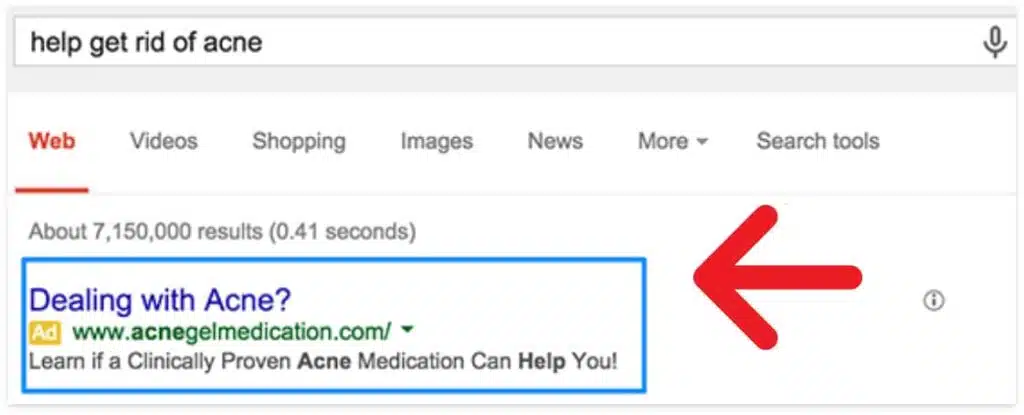As hospitals around the country reopen their doors, they are faced with the challenges of declining patient volumes and the public’s newfound fear of hospitals. A survey from the Alliance of Community Health Plans revealed that 42 percent of people still feel uncomfortable going to a hospital for medical treatment and prefer to either embrace telehealth options or delay hospital visits altogether. In an effort to make patients feel safe with receiving in-person care, many are employing marketing strategies that can revive patient volumes and make people feel safe, again.
Learn about effective hospital advertisement and digital marketing strategies being used to bring patients back to facilities for in-person visits
Convey Messages That Speak To Patients
There’s an overwhelming fear for one’s safety that must be addressed before hospital patient volumes can return to normal. As a result, hospitals are sharing the safety precautions they are taking, success stories on how they’re helping the community recover and reinforcing these messages in their advertising to make patients feel confidence in returning for care. Facilities like Yale New Haven Health System, Advocate Aurora Health and Ascension are cranking out advertising campaigns with messages that reintroduce health systems as safe, well-needed spaces.
How Hospital Marketing is Advertised
While hospital marketing teams are struggling to create new messaging about their constantly changing environments, they still have the challenge of understanding which marketing channels they should advertise on, so that their messages will actually reach patients. The fractured media landscape has brought marketers numerous new channels to work with, but deciding where to allocate your time and spend can be difficult. While Google Search Network and Facebook are great channels to start with, programmatic advertising unleashes the full potential of web-based advertising. The most mature hospital marketers within the healthcare industry will leverage the benefits of all channels.
The Power of Google Search Ads
Paid search advertisements are a powerful tool for hospital marketers because they reach your audience at the perfect time—when patients are searching for a healthcare provider. These advertisements appear above the organic search results on a web search engine page and will be subtly tagged as an ‘ad’ or ‘sponsored’ content. Since these ads will be reaching active searching patients, the rate of click-throughs and conversions will most likely be much higher than with display ads.

Increase Visibility With Facebook Ads
Facebook is a great channel for hospital marketers to connect with patients. The average American spends about 40 minutes just on Facebook — sharing and liking content. Every minute, Facebook users Like approximately 4 million posts, posting comments, status updates, and photos. It’s likely that many of the patients you are trying to reach are on Facebook and will see important information about the safety of your hospital. According to a study, 41 percent of patients reported that social media can influence their choice of doctor, hospital, or medical practice.
Increase Your ROI Using Programmatic Display Advertising
Programmatic display advertising is the future of digital advertising and savvy advertisers use advanced strategies to maximize their ad spend. Programmatic offers real-time-bidding (RTB) and leverages artificial intelligence to simplify the ad buying process. It provides space on 98 percent of internet sites, including (but not limited to) those on the Google network. With the right advertising strategies and patient data, programmatic can guarantee that the patients you want to reach will receive your message.

Creating a Successful Hospital Advertisement Strategy
If you’re looking to promote your hospital, medical center, or health system effectively, having a sophisticated advertising strategy that maximizes the power of data will be vital to your success.
Reach Patients Geofencing
If you’re a hospital or health system looking to increase foot traffic and overcome the challenge of recovering patient volumes, leveraging location data with geofencing is a smart idea to get more people in the door. Geofencing is the practice of using global positioning (GPS) or radio frequency identification (RFID) to define a geographic boundary. When an individual is within range of the desired radius of the hospital, it triggers an advertisement to their smartphone explaining that it is safe to visit.
Reach Patients by Condition
Whether it’s an emergency, or a follow-up visit to see a physician, patients are visiting hospitals for a variety of reasons and conditions. Create purposeful and relevant ads for these specific patient audiences, while securing maximum patient privacy with patient modeled audiences.
Patient modeled audiences are built from fully-anonymized clinical and consumer data, machine learning, and bespoke healthcare technology to:
- Build predictive models that are campaign-specific and HIPAA-compliant (3rd party certified)
- Score users to identify your most clinically-relevant patients
- Send audiences directly to our healthcare DSP for immediate, streamlined activation
Cross-Device Targeting
Cross-device targeting is a strategy that enables targeted advertisements to be displayed across multiple device screens: desktop, laptop, mobile, tablet and television. It is quite common for consumers to engage in frequent device switching. In fact, two-thirds of device owners find it frustrating when content isn’t synchronized across their devices. By doing this, you will be able to reach patients when they are watching TV, when they are browsing the internet while working or when they are playing Candy Crush on their phone.
Hospital Marketing Is More Important Than Ever
It is more important than ever that patients feel safe to visit healthcare facilities and that they know that healthcare providers are taking the necessary precautions to ensure their safety. Finding the right hospital marketing partner will help you send the right message, advertise on the right channel and implement the best marketing strategies so patients can begin to feel safe, again.




